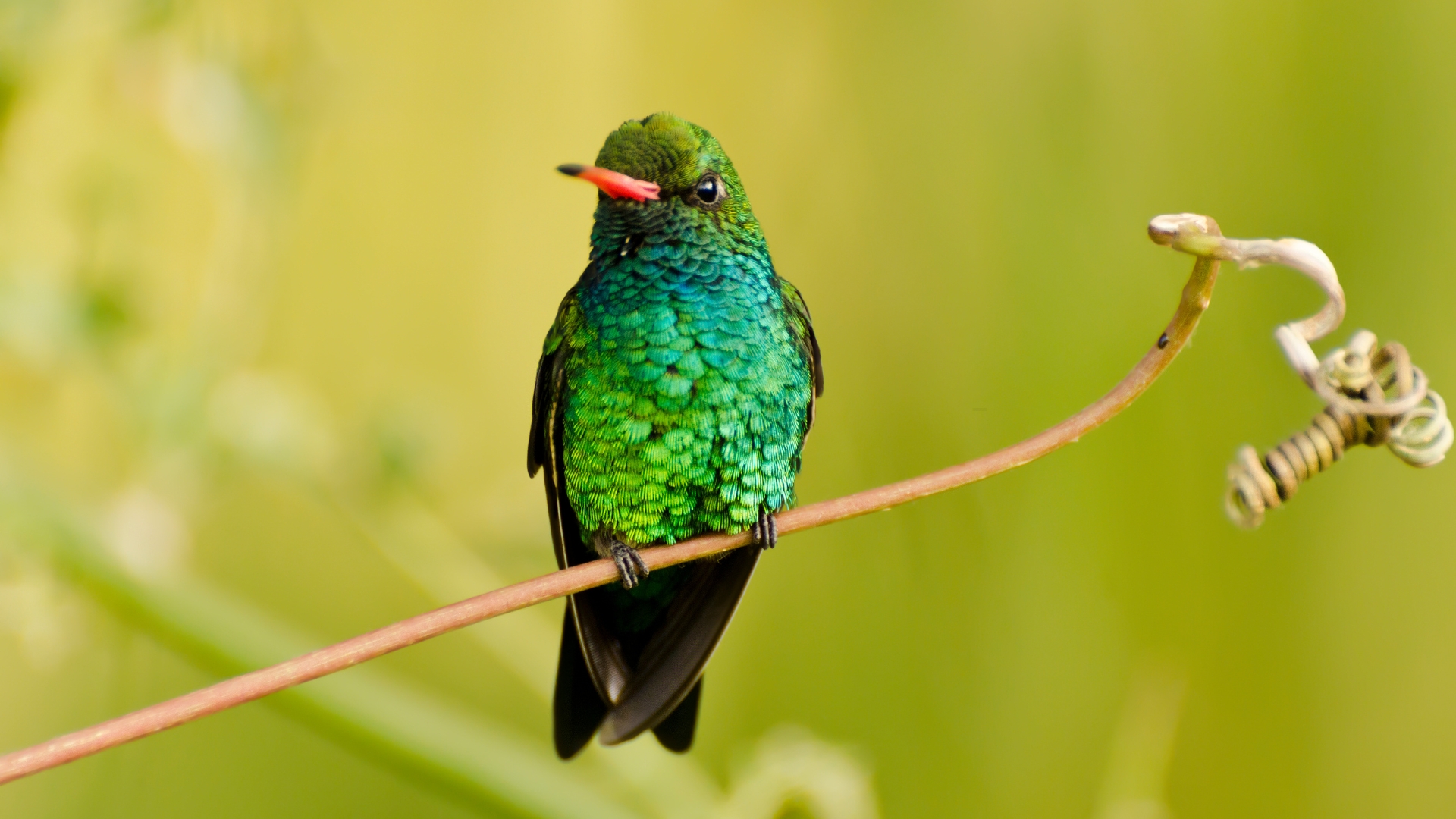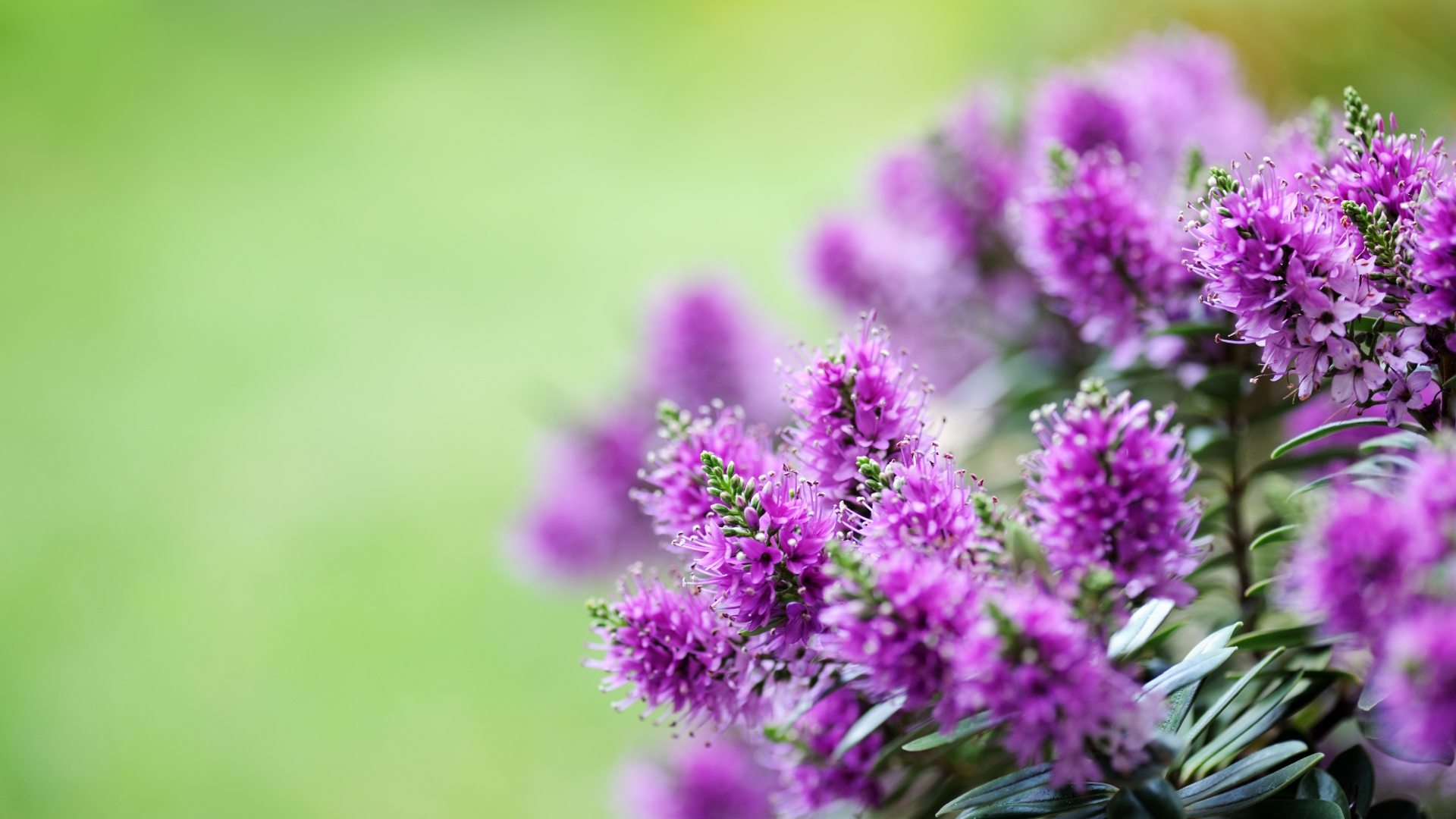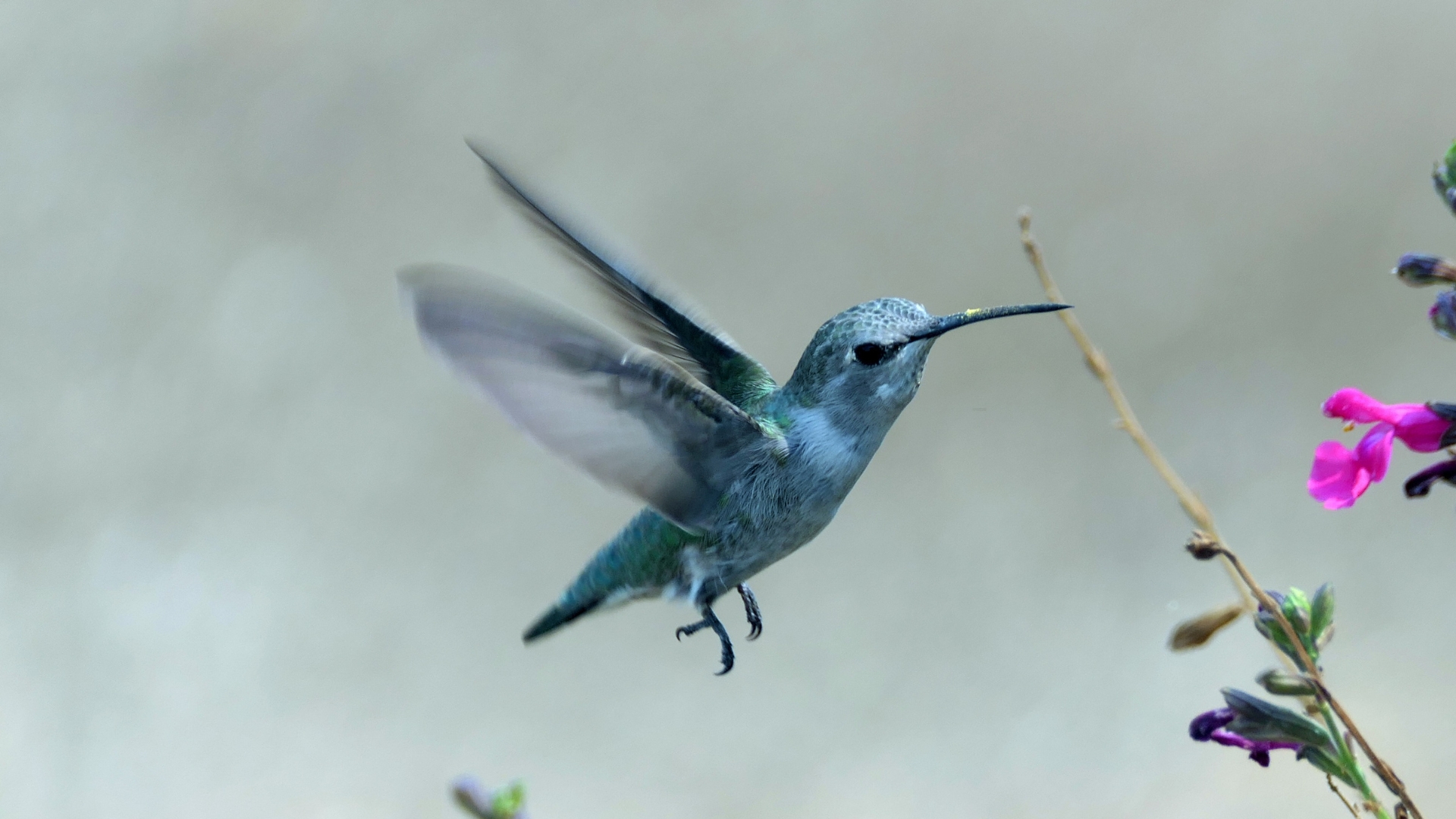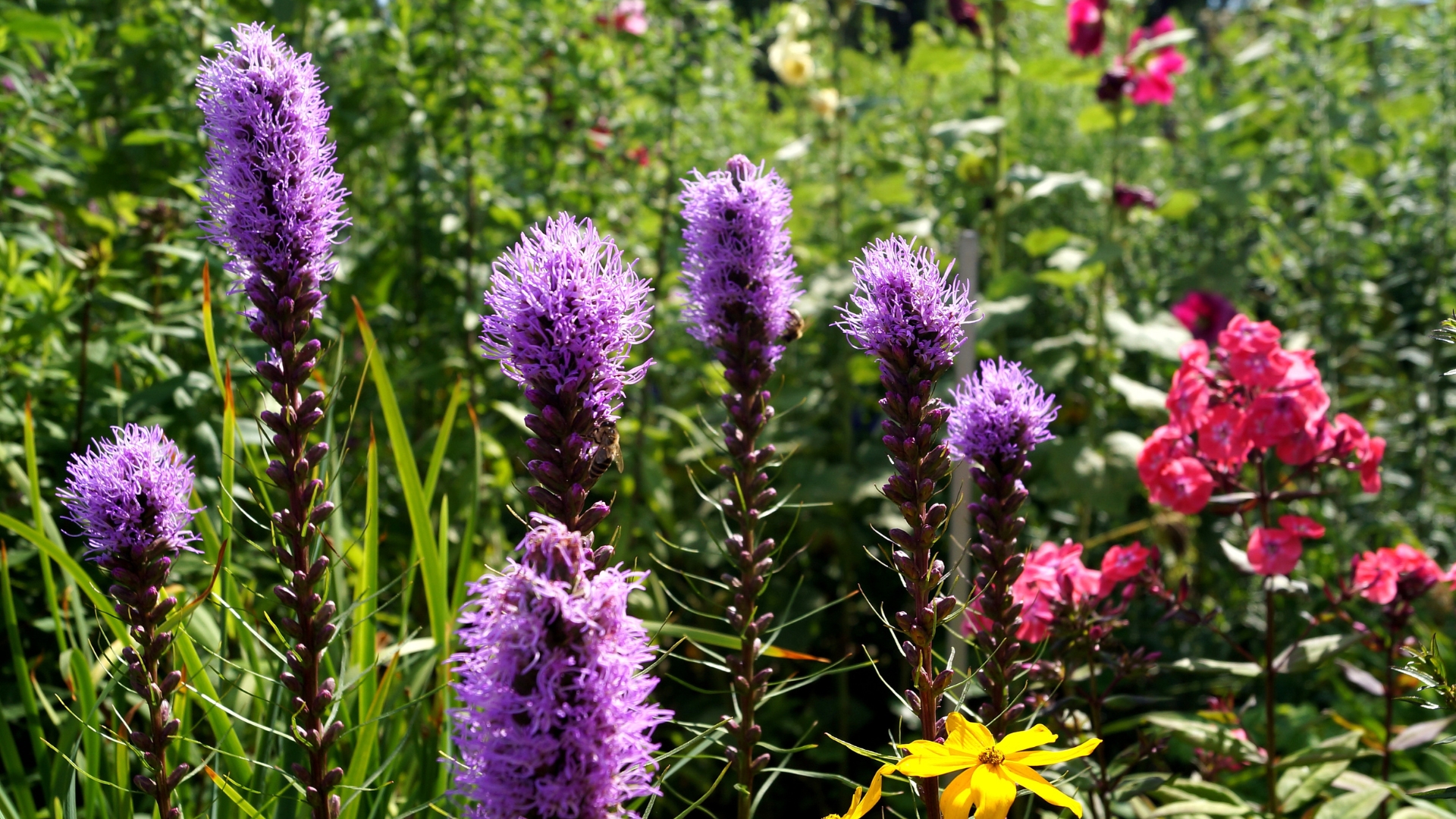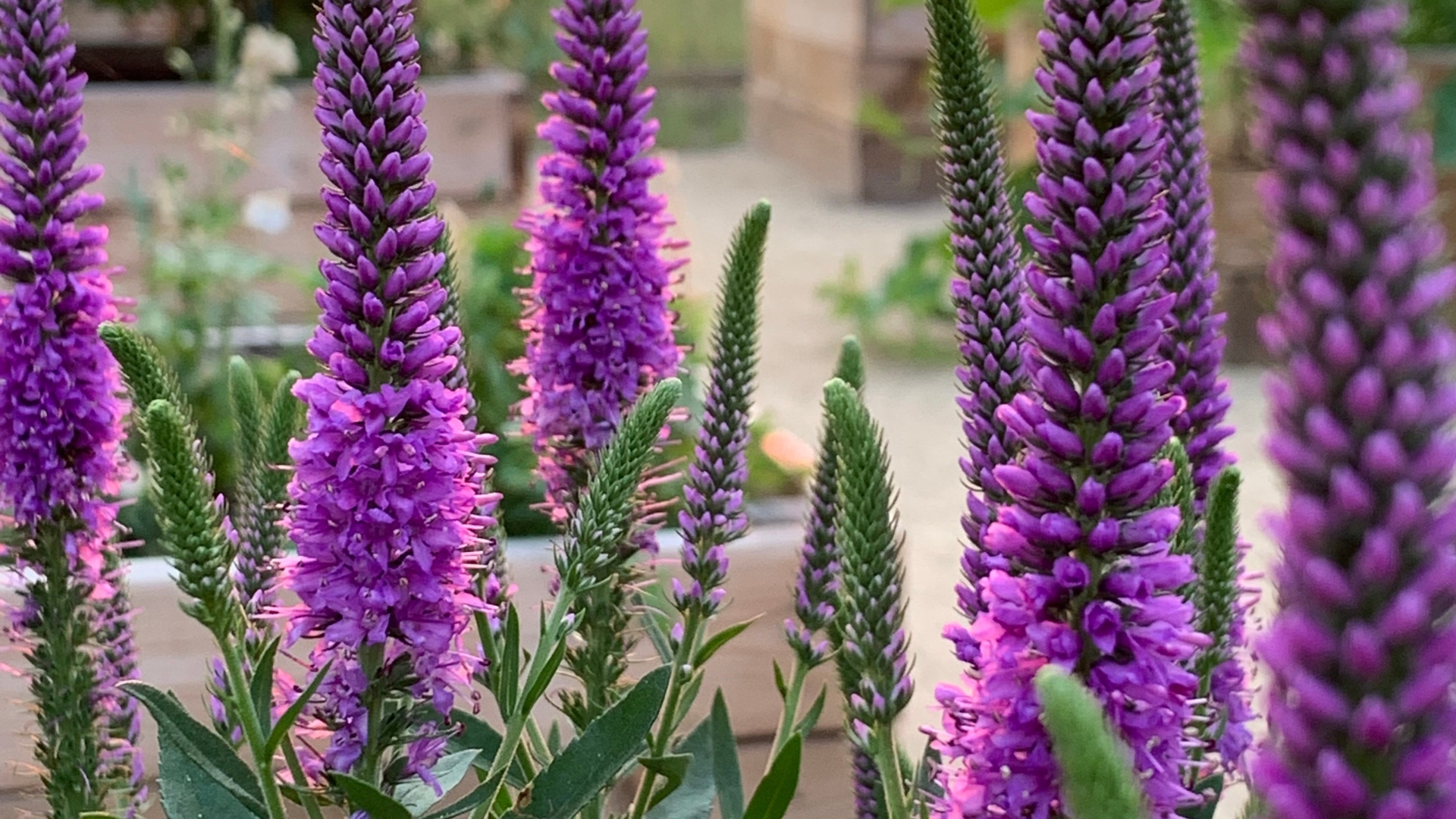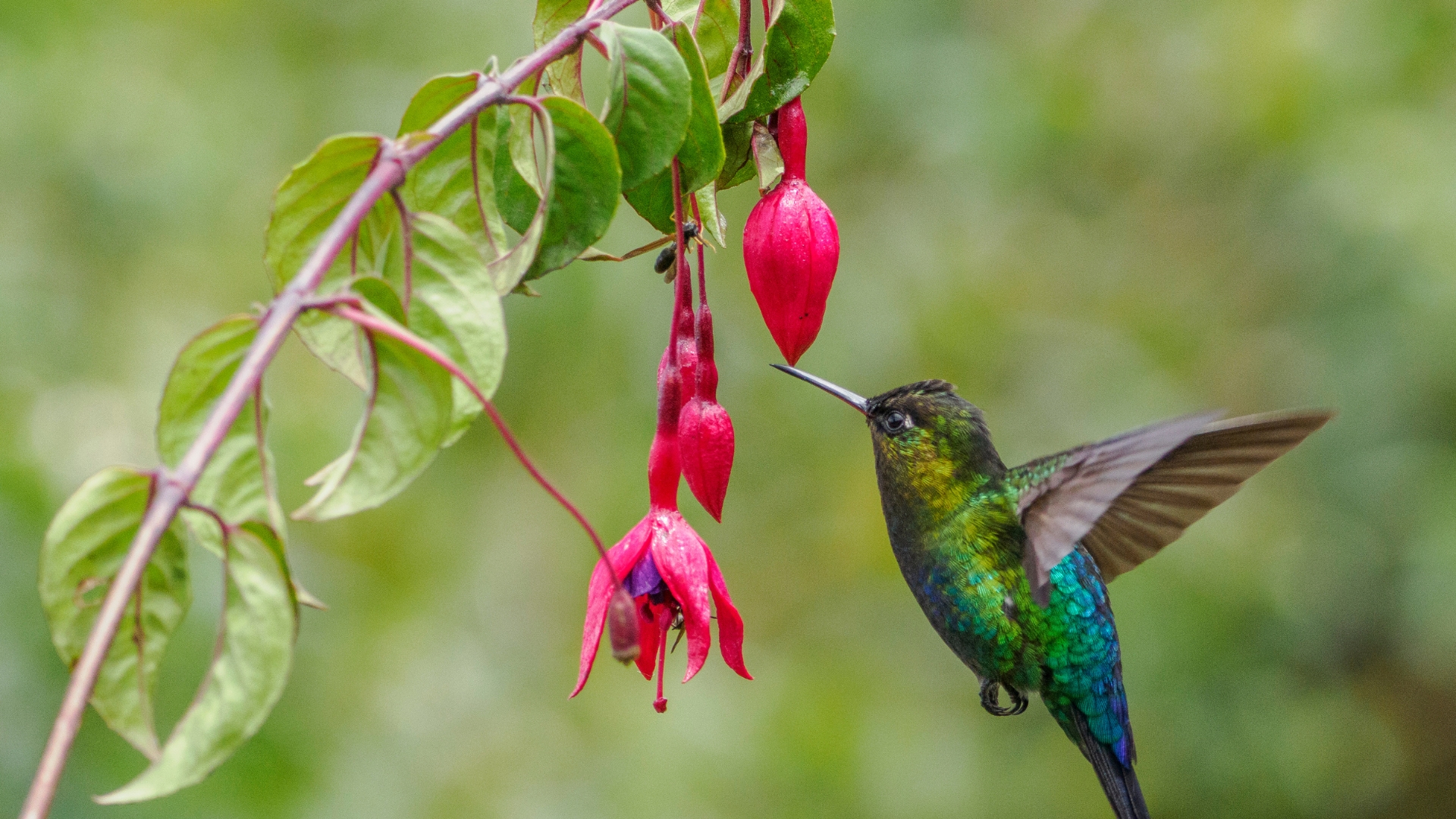I don’t just plant flowers for their beauty—I plant them to keep my hummingbird guests well-fed and coming back for more.
Over the years, I’ve noticed that some blooms barely get a second glance, while others turn into an all-day diner.
One sun-loving perennial, in particular, has won their hearts (and their loyalty), and I’m more than happy to keep it growing. Ready to discover the hummingbird favorite?
Veronica Is A Truly Unique Flower
Veronica doesn’t just blend into the garden—it stands tall, slender, and bursting with color. Its spiky flower spikes rise like elegant torches, covered in tiny, densely packed blooms that seem to glow in the sunlight.
Depending on the variety, Veronica can paint the garden in shades of deep blue, soft lavender, rich purple, or even delicate pink and white. The blooms stretch gracefully atop sturdy stems, creating a striking contrast against the lush green foliage.
From early summer through fall, this sun-loving perennial keeps the color coming, adding a vertical element that makes garden beds look full and lively.
While some varieties stay compact at just a foot tall, others can reach up to three feet, making them a perfect addition to borders, cottage gardens, or even container displays.
And the best part? The more you trim back spent blooms, the more flowers it sends up, ensuring that its eye-catching display lasts for months.
Hummingbirds Can’t Resist It
It didn’t take long for me to notice—whenever Veronica is in bloom, the hummingbirds are never far behind.
They dart in with precision, hovering effortlessly as they sip from the tiny, nectar-rich flowers. Unlike some blooms that force them to work for a meal, Veronica’s long, spiky clusters offer an all-you-can-eat buffet, letting them move from flower to flower in a single stretch.
Not only do hummingbirds adore Veronica, but butterflies and bees also find it irresistible, making it a powerhouse for pollinators.
With its steady blooms and nectar-rich flowers, it turns an ordinary garden into a buzzing, fluttering paradise.
If you’re looking for a way to bring even more life to your outdoor space, planting Veronica is like sending out a personal invitation to nature’s most dazzling visitors.
Here’s How To Plant Veronica In Your Garden
Giving Veronica a spot in the garden is one of the easiest ways to add lasting color and wildlife interest.
This sun-loving perennial thrives in well-draining soil and loves basking in at least six hours of direct sunlight. It can handle a variety of soil types, but sandy or loamy soil with good drainage will keep it happiest.
Digging in some compost at planting time gives the roots a strong start, ensuring the plant gets the nutrients it needs for vibrant blooms.
Spacing depends on the variety—compact types can be planted about a foot apart, while taller varieties need a bit more room to spread.
Once in the ground, a deep watering helps settle the roots, but after that, Veronica doesn’t demand much. It’s a low-maintenance beauty that’s happy to thrive with minimal fuss, making it a great choice for gardeners who want maximum impact with minimal effort.
And How To Make It Thrive
Once established, Veronica is one of those plants that practically takes care of itself. It’s highly drought-tolerant, needing only occasional watering in long dry spells.
A layer of mulch around the base helps retain moisture and keeps the roots cool in the heat of summer. While it doesn’t demand fertilizer, a light feeding in early spring can encourage even more blooms, especially if the soil is on the lean side.
To keep the flower spikes coming, deadheading is key. Snipping off spent blooms encourages new ones to take their place, extending the blooming season well into fall.
In colder climates, a late-season trim helps tidy things up before winter, but in warmer zones, Veronica often stays semi-evergreen. With just a little care, this tough yet graceful perennial will return year after year, bringing its signature color and charm to the garden.
Add Companions And Create A Hummingbird Haven
Veronica may be the star of the show, but pairing it with the right companions turns a simple flower bed into a hummingbird paradise.
Tall, swaying perennials like coneflowers and black-eyed Susans add even more texture and color, while nectar-rich favorites like bee balm and salvia create a buffet that keeps hummingbirds circling all season long.
Mixing in different heights and bloom times ensures there’s always something fresh to draw them in.
To complete the hummingbird haven, a shallow water source, like a birdbath or small fountain, gives them a place to rest and rehydrate between nectar sips.
Planting in clusters rather than scattering single plants also makes it easier for hummingbirds to spot their favorite blooms.
With the right mix of flowers, shelter, and water, the garden becomes more than just a pretty space—it transforms into a vibrant, humming, fluttering sanctuary.

